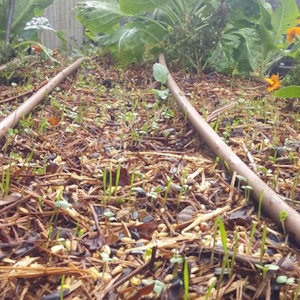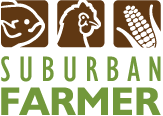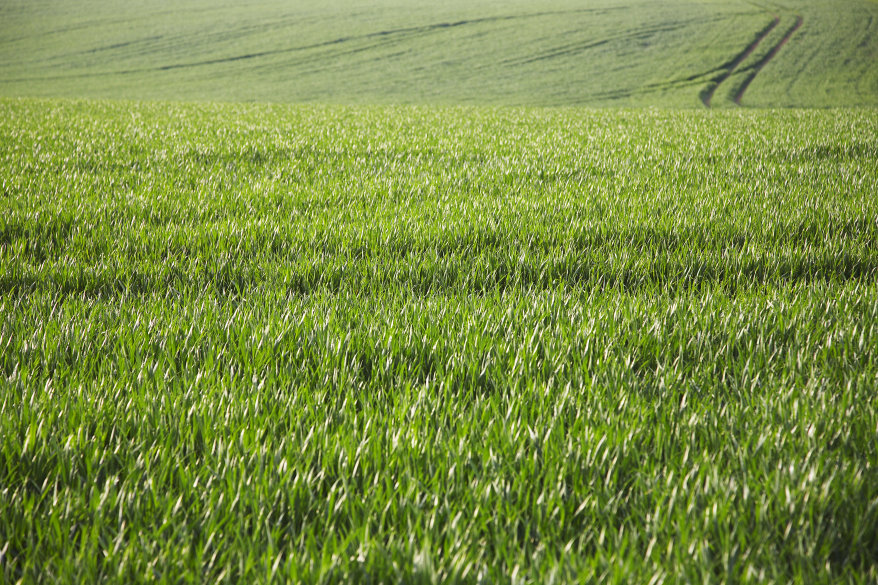So we have all heard about manure, and its importance to adding humus and organic content to our soils and improving fertility. Most of these manures come from animals and are usually brown and stinky. Chook poo, Pig poo, Sheep poo, Horse poo, Cow poo, Baby poo…Ha gotcha!! No we don’t use baby poo. There are in fact many types of manures but there is one that I like and have used in my crop rotation regime for a long time and its GREEN MANURE! Let’s have a look over some types of green manures. There are really two types of green manures that I use. Summer and winter manures. These are different from each other as the climate/seasonal requirements are different.. ORGANIC AND VEGANIC SOIL HEALTH
Why are green manures so important and why can’t I just use animal manures? Let’s break it down…
Potential benefits of cover crops are numerous:
- Adding organic matter to soil infinitely improves its fertility and structure.
- It will control erosion, hydrophobic soil, breaks up soil and suppresses weeds.
- Summer Legume cover crops add nitrogen via the root nodules. FREE FERTILIZER! The lush green, sappy, rich in nitrogen addition that sooths the soil and enrichens the soul.
- Crops growing late in the season can hold and reform nutrients lost during the grow season.
- Create habitats for beneficial insects, microbes, mycorrhizal bacteria etc
- Winter Legume and grass/Mustard crops can help deter the pesky nematode and allow the good nematodes to do their work. Only about 5% of nematodes are bad (root knot etc) the rest are in fact great helpers in our soil. But that’s another blog yet to come 😊
- Fallow crops so that they can rest and rehabilitate when a bed is otherwise empty.
- Less impactful Nitrogen Dioxide release into the Atmosphere/Biosphere
- Mitigation and Remediation of inevitable breakdown of SOIL STRUCTURE leaving a clay like aquaphobic conditioned soil.
- Helping with Macro and Micro pores.
Summer crops: As the summer heat comes in and the soil temps begin to build, the growth in crops is accelerated. Many of the crops that we will be growing, whilst being packed full of flavour and nutrients, will be heavy feeding crops, nicking the fertility and the soils health/nutrition suffers.
So, what can we do to prep our soils for summer? We can add a summer cover crop made up of Legumes such as Peas and Beans, Clover, Soybean, Sunflowers/Safflowers, Barley Grass and one of my favourites, Buck Wheat just to name a few. Typically I use large Poultry/Bird feed and save my old bean/pea and sunflower/safflower seeds to add to the mix and crank handfuls over the soil, as much as I can, water in and leave until it reaches a height of 2 feet tall. Then we break it down and dig it into the soil, then let it rot down for 2-3 weeks to denitrify. Then we can follow that with a light feeding crop such as Onions, Lettuce, Soft Herbs, Asian Greens.
Winter crops: Since growth is slowed massively at this time, it’s perfect to let your garden rest over the winter. Select a winter-friendly legume and a grain (eg, Clover and Winter rye). Sow them in late summer and let them grow all winter. When they mature in early spring or reach a height of about 1-2 feet, it’s time to grab the spade and take out some aggression built up during the working week, Chop up into 2 inch pieces and lightly till them in or rather flip flop them on the surface layer, cover with dry mulch. They will decompose and compost down just in time for your spring crops. Leave it at least 2-3 weeks before planting as the soil will still be too rich to plant out. Hence the timing plan 😊 Once this has happened. We can follow that cover crop with our spring crops now.
Other Winter Green Cover Crops include the following: Mustards/Brassicas, Oats, Radishes, Field Peas and Beans, Winter Rye Grass, Barley, Quinoa, Chia, and Alfalfa/Lucerne.
What you should notice over the next year and years to come, is the soil fertility remains high and the crop production activity rises. As we rotate crops and allow the beds to recover, we are not only looking after the health of our soil and veg/fruit but also limiting the need for additional manures to compensate and can sometimes have negative affects on the soil and microbes is applied wrong or too frequently. If you have already made a rough list of crops you intend to grow throughout the year adding in these cover crops is no issue at all. In fact you may notice issues without them eventually so why not cover (crop) your butts and save the hassle.
Examples of both agricultural and home steading cover crops.




Righteous Love To You All, for any other information contact me.
Ras Mark SUBURBAN FARMER

